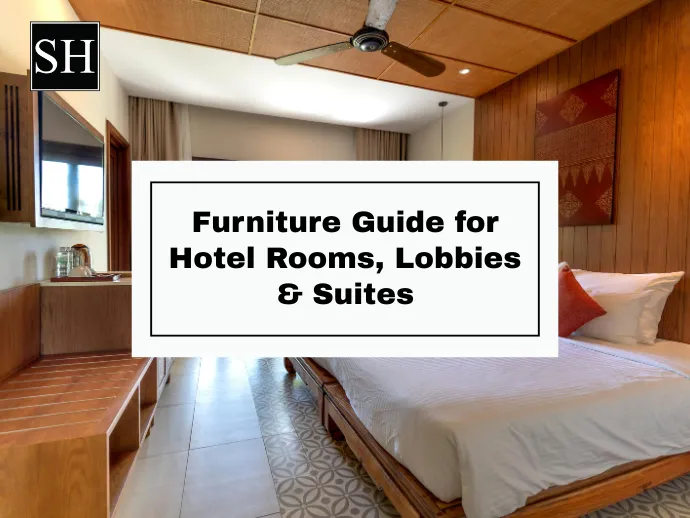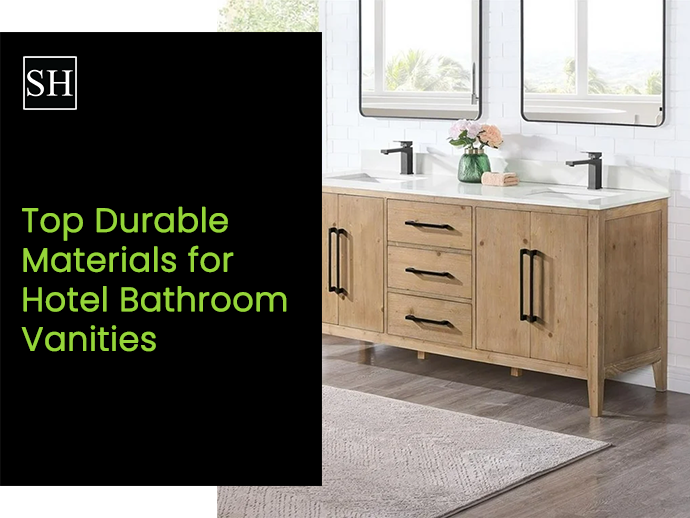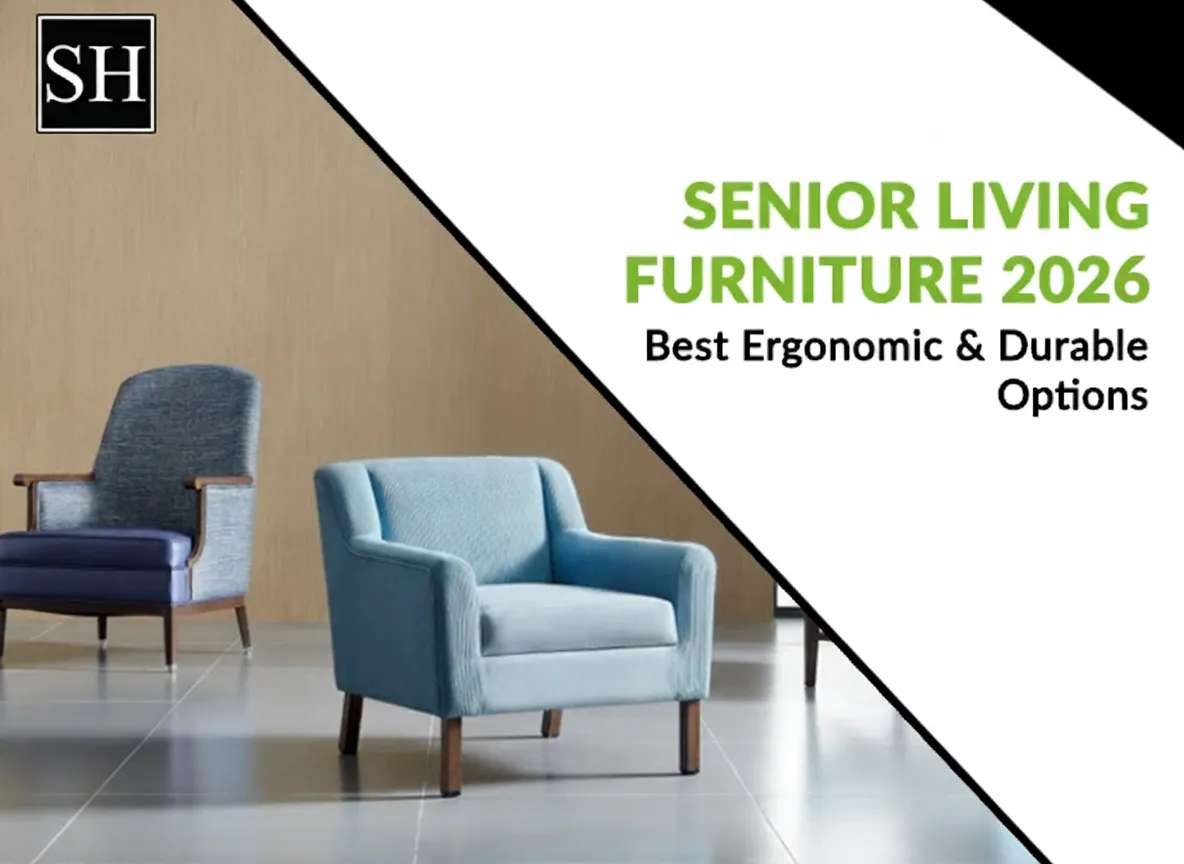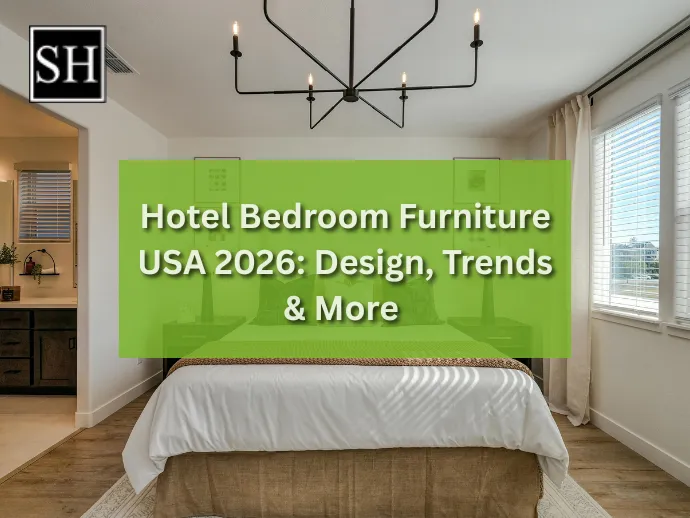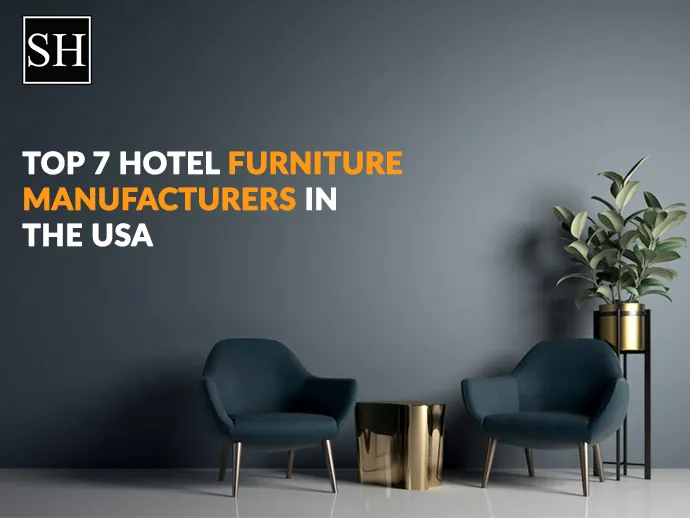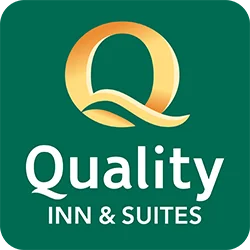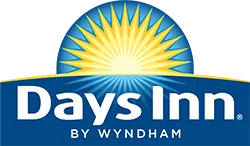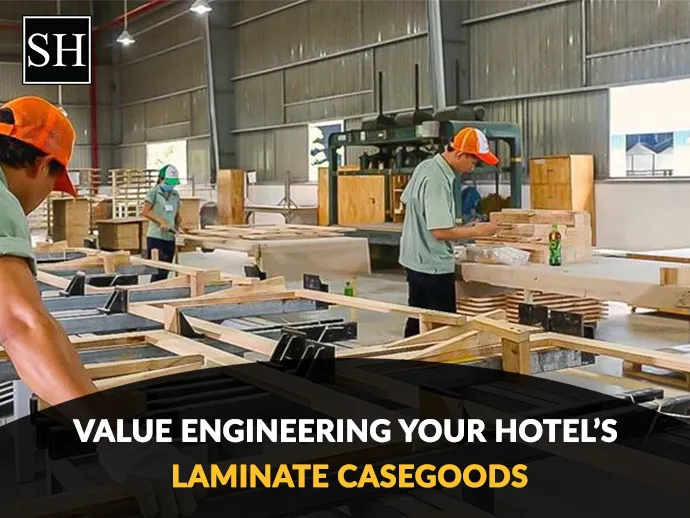
Value Engineering Your Hotel’s Laminate Casegoods
Only if your purpose is to spend a vast dollar will hoteliers start a project looking to liquidate and exceed its budget. Even five-star and seven-star hotels will have budgets. Hotel casegoods and millwork are a considerable component of any hotel guestroom redesign or refresh; it also demonstrates an opportunity to manage to spend. Cost-effective and durable hospitality casegood offers numerous ways to get precisely what is required in guestroom furnishing without compromise.
However, laminate furniture is designed and manufactured via value engineering to fulfill budget and vision.
Laminate Hotel Casegood and Getting the Most from Your Investment
The laminate quality is improved in comparison to what it was 30 years ago. Instead of being dull, prone to damage, and available in limited colors, it has now improved and become durable, versatile, and can meet design schemes. While investing in laminate casegoods, we already maintain the project’s budget as it costs less than hardwoods or other materials coupled with value engineering, which takes things to the upper level.
Value engineering hotel FF&E includes all components and stages of projects. Ultimately, value engineering will fulfill the needs, performance, and function within budget. Value engineering in any hotel casegood doesn’t happen. It includes both client and manufacturer working together closely to create a final product that meets all expectations.
The first thing hoteliers or hospitality project managers can do to bring value engineering to their projects is to work with experienced hotel casegood manufacturers. The projects which maximize value engineering for laminate hotel casegoods keep these components at the forefront:
1. Communication
The first obstacle in any project is a need for more communication, and while working with a hospitality casegoods manufacturer, open lines of communication from starting set the stage for a successful working relationship. At the beginning of communication about the project, the casegoods manufacturer needs to know the following:
Purpose - What is the goal of casegoods?
Special consideration - All projects are unique, and what makes you different from others?
Budget - How much are you willing to spend?
Placement - Where the casegood is placed in the hotel
Timeline - How much time are you expecting this order?
Even after the placement of the order, communication will never stop. The manufacturer and customer should constantly talk and praise each other for progress.
2. Component Flexibility
Hotel casegoods serve more than one purpose. Consider a headboard. What was once a decorative component affixed to the wall is now being updated to become intelligent and functional furnishing. Modern headboards are seeing enhancement to fulfill guest needs. You will be outfitted with lights, USB ports, and even speakers.
Unless the project has non - negotiable components, like using a particular element or brand-name material, a professional hospitality furniture company will provide affordable options that compromise performance.
3. Budget
It irritates project managers to evaluate the design process and discover whether the casegoods will go beyond the budget. However, a budget is the most crucial element in the success of value engineering. It is one of the top things to discuss with the manufacturer. Being upfront about the budget sets the project's financial guide and lets the manufacturer know the hotelier's spending limit. Moreover, a manufacturer can match your spending limit with a return on investment.
On the other hand, it is also essential for the client to be charged an affordable price. The laminate hotel casegoods cost more than it is expected. So, multiple factors impact a final bill, like sourcing, shipping, and labor.
4. Material Choice
There are two types of laminate casegoods available: high-pressure and low-pressure.
The high-pressure laminate includes multiple layers of resin-infused craft paper fused under pressure and heat. HPL is used in applications in high-traffic areas and horizontal surfaces or items in heavy use. On the other hand, low-pressure laminate is prepared of one or two layers of craft papers and pressed into a substrate like particleboard. LPL needs fewer materials, minimum processing, and affordable option.
It may be tricky to create a casegood like a dresser out of impact-resistant HPL; value engineering is strategic about material selection. By purposefully integrating both laminate types into casegood, the manufacturer will provide a final product that meets the application's demands without costing more than required.
Conclusion
Laminate hotel casegoods offer almost limited options to meet the product vision. Moreover, the technology and processing made the suitable laminate choice for casegood expected to be heavily used. Sara Hospitality laminate casegood takes your investment without compromise and keeps the cost within budget.
- SOFT SEATING
- BATHROOM VANITY
- FIXTURE EQUIPMENT
- Hospitality Casegoods
- Hospitality outdoor furniture
- Senior living furniture
- Hotel reception desk
- High end contract furniture
- Premium Hotel Bedroom Furniture
- Custom commercial furniture
- Hospitality Furniture Manufacturers in Canada
- Leading Hotel Furniture Manufacturers in Canada
- Casegood manufacture canada
- Hotel Casegoods

